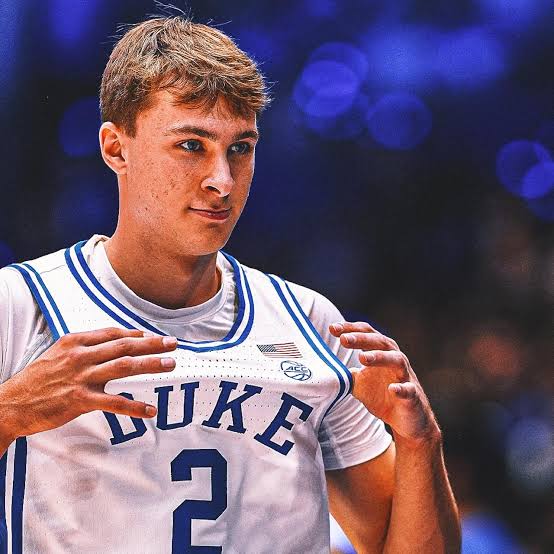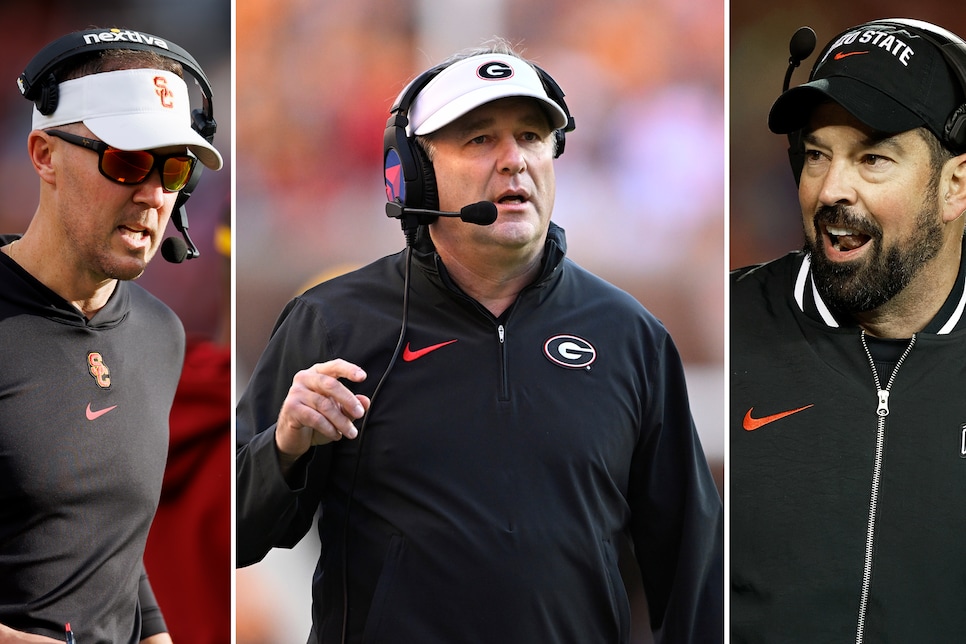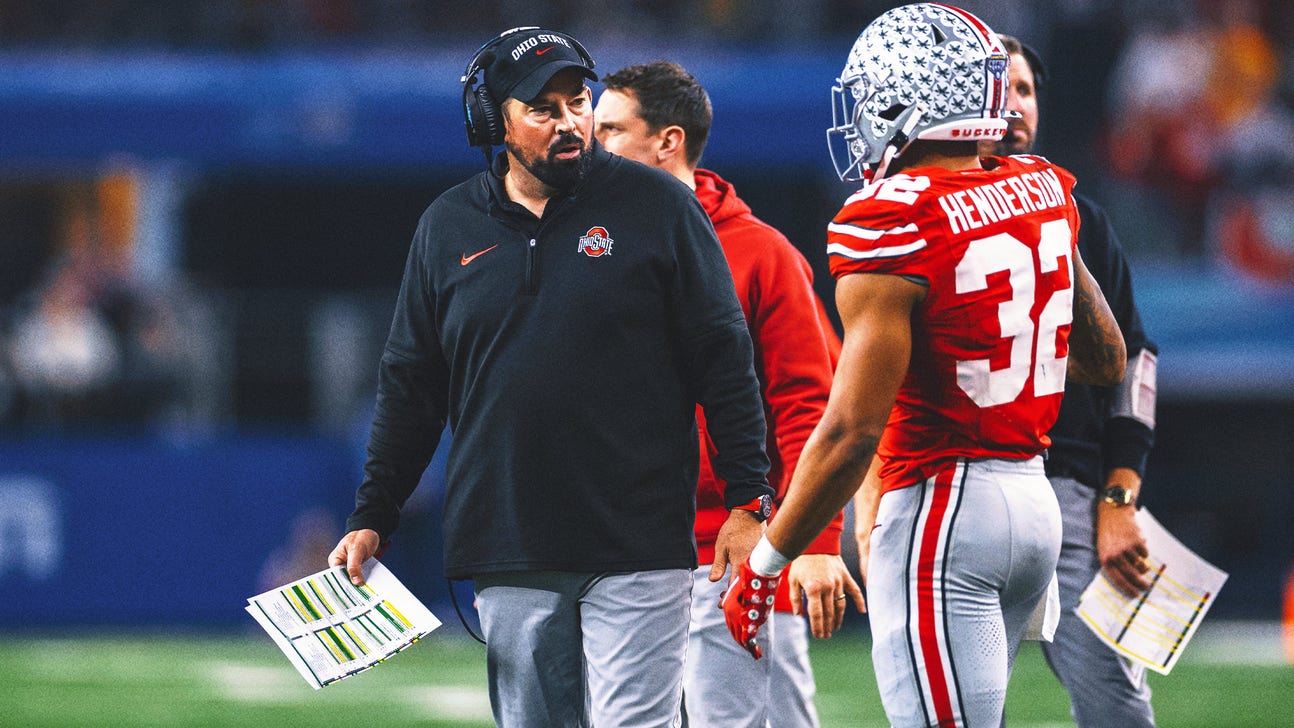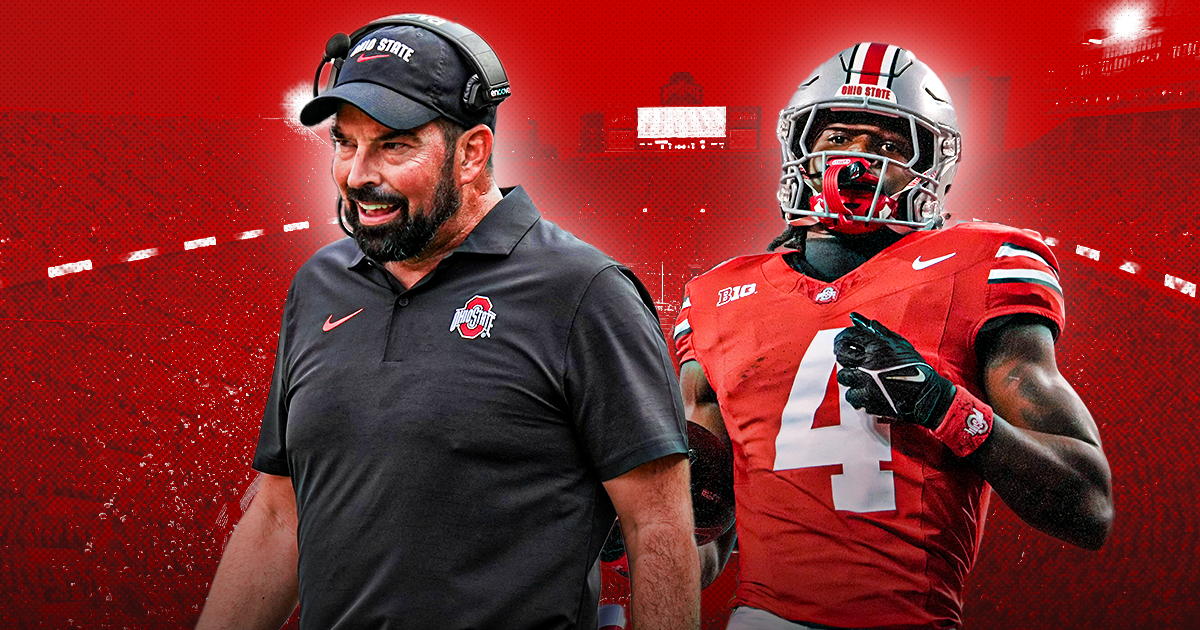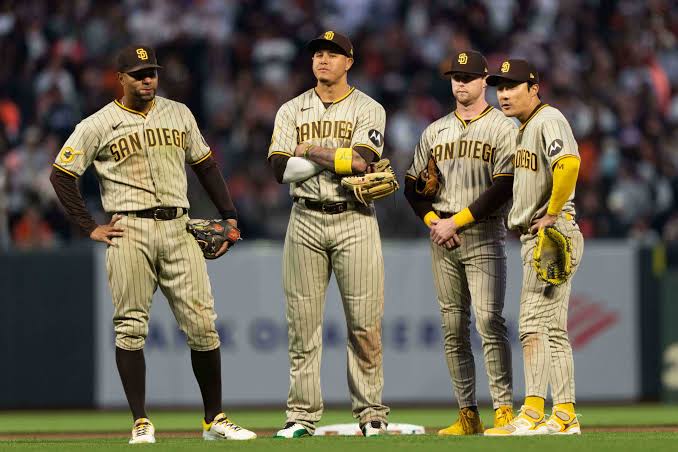
**It’s Over, We Won’t Play for San Diego Padres Again Because…**
The announcement that certain players or a particular roster will no longer be part of the San Diego Padres is more than just a transactional move in Major League Baseball; it represents the end of an era, a shifting of strategies, and a poignant moment of reflection for both the team and its supporters. In baseball, where team dynamics and individual contributions often intertwine to shape the course of seasons, such changes can have profound implications.
For the Padres, this is not merely about losing players; it’s about a recalibration of goals and expectations. The departure of key figures—whether through trades, free agency, or retirement—marks a significant turning point. Each player leaves behind a legacy of performance, from clutch hits and game-changing plays to off-field influence and camaraderie that contributed to the team’s culture.
The reasons behind such a decision can be multifaceted. Financial constraints are a major factor. MLB teams operate within a strict salary cap structure, and maintaining a balanced payroll is essential for long-term success. As teams navigate player contracts, luxury taxes, and revenue streams, difficult decisions must be made about which players fit into the budgetary constraints while aligning with the team’s strategic vision. The Padres, like many teams, may find themselves needing to make tough choices to remain competitive and financially sustainable.
Strategic shifts also play a role. Teams constantly evolve, assessing their performance and adjusting their rosters to better compete. This could mean investing in younger talent with potential upside or shifting focus to address specific areas of weakness. The departure of players often signals a strategic realignment, where the team’s management is looking to build for the future or adjust their approach to better contend in their division or league.
Additionally, the dynamics within the clubhouse cannot be underestimated. Team chemistry and leadership are crucial for success. Sometimes, a change in personnel can invigorate a team, bringing in new energy or perspectives that reinvigorate performance. Conversely, it can also signal a time of transition where the team must adapt to new leaders and redefine its internal dynamics.
For the fans, the departure of beloved players can be bittersweet. These players are often seen as symbols of the team’s identity, embodying the spirit and aspirations of the franchise. Their exit can evoke nostalgia and a sense of loss, as supporters remember the highs and lows shared with these athletes. Yet, it also opens a new chapter, where fans and the organization alike must rally behind the new roster and embrace the potential of fresh talent.
Ultimately, “We won’t play for the San Diego Padres again” encapsulates a moment of change, characterized by the end of one chapter and the beginning of another. It’s a reminder of the cyclical nature of sports and the constant evolution that teams undergo in pursuit of greatness. For the Padres, this marks an opportunity to reassess, rebuild, and renew their quest for success. As they move forward, they do so with the hope that these changes will pave the way for a stronger, more resilient team ready to take on the challenges of the coming seasons.
